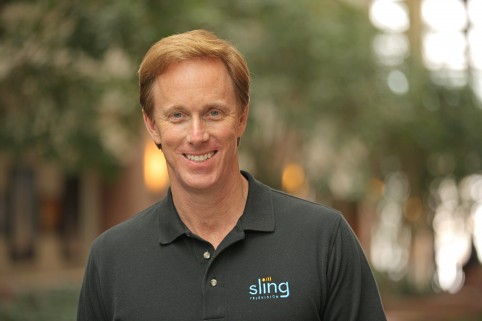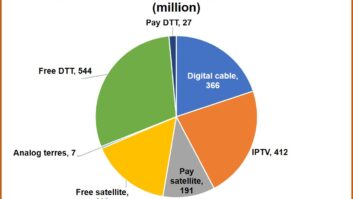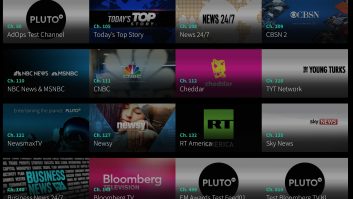
Roger Lynch is the CEO at Sling TV, a new OTT service from Charlie Ergen’s stable of businesses. It was unveiled at January’s CES and launched on 9 February to US consumers. Lynch says the service is designed to target the viewing habits of the 18–35 demographic, which he believes is being ignored by the traditional pay-TV industry (and is also represented by its slogan, ‘Take Back TV’ and which generated significant interest from web-users who appreciated the humour in its TV commercials).
Sling TV doesn’t replicate Ergen’s Dish bouquet, and consequently is priced extremely competitively at a basic $20 a month. Reportedly it has signed up an impressive 250,000 users in barely six months, proving that there’s a demand. Key to the service is that users can take the bundle with them, on their devices.
Lynch says, “We always thought we could take a market segmentation approach to pay-TV, and not try to simply replicate pay-TV over the internet. In creating something that’s different it will appeal to a segment of the audience.”
He says Sling TV is targeting three groups: the so-called ‘cord nevers’ who are less likely to take ‘full’ pay-TV; then the ‘cord cutters’; and then the ‘supplementors’ who have pay-TV and want more of it! “They appreciate the flexibility we offer to multiple devices. We think $5 a week is pretty attractively priced for that flexibility to take your service with you. It is the same with the fans of Netflix, who are also likely to have HBO. There are people out there who are happy to buy everything on offer.”
Lynch, who many will remember from his time in London at Video Networks, and in the Netherlands as CEO at Chello Broadband, admits that his current focus is very much on the US market. “I would not say we would never look to overseas, that would be foolish, but right now there’s a lot more we need to do here. The good news is that everything we build here in the US, and we build it well, then is easy for us to take it to other markets. We don’t have to build cable infrastructure, or launch a new satellite.”







